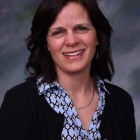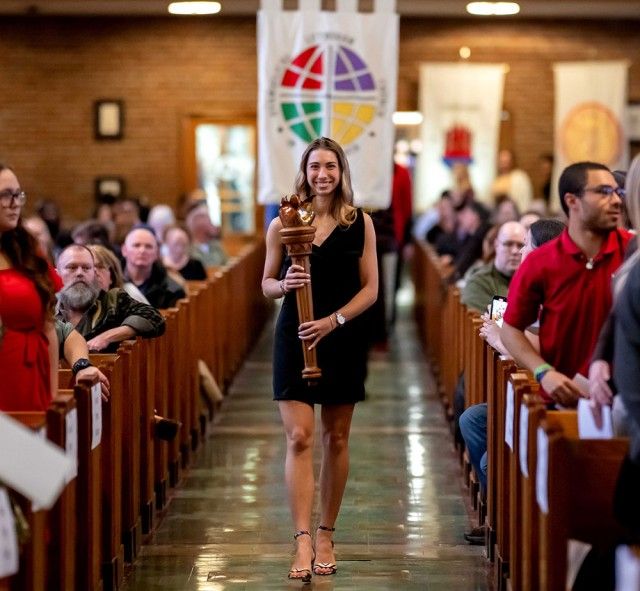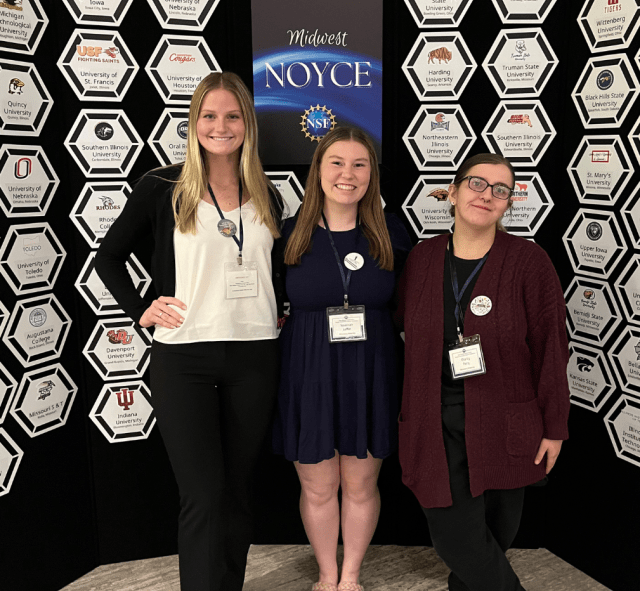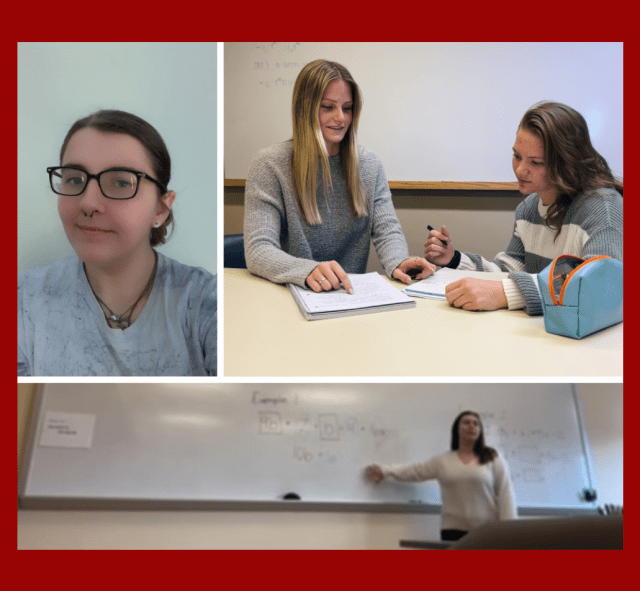A $5,000 Celebrate 100 Grant from the American Geophysical Union (AGU) is enabling Wittenberg professors and students to explore issues related to environmental justice across a variety of disciplines, from science to art.
The grant was awarded by AGU for a lead testing empowerment and art advocacy event with Springfield Promise Neighborhood (SPN) and the Springfield Promise Neighborhood Association (SPNA). It also provides funding for collaborations with the community to engage in environmental justice research. In addition, Asharee' Jones ’20 and Jubileen Kombe ’20, two students from Wittenberg’s student organization Concerned Black Students, are partnering with the Ark Rescue Center in Springfield to engage underrepresented minority students in science experiments leading up to a March science fair. Jones is a biology major and health science minor from Gary, Indiana, and Kombe is a psychology major and health science minor from Columbus, Ohio.
Sarah Fortner, associate professor of geology and director of environmental science, Elena Dahl, assistant professor of art, and John Wheeler from SPNA worked together on the empowerment event as part of PromiseFest, a community celebration held at Lincoln Elementary School. During the event, Wittenberg students helped families test soil and complete a creative art project. The goal of the event was to increase awareness and improve health behavior and advocacy with regard to addressing lead exposure, particularly with young children in mind.
SPN is located in a high-risk neighborhood with older housing and exposure from chipping paint or dust. Lead poisoning can cause developmental delays and nervous system damage in children. Education about soil provides an opportunity to discuss other exposure pathways as well as opportunities to reduce risk.
Community members were invited to bring a soil sample from their garden or areas where young children might play. Fortner and students from her environmental science classes then tested the soil for lead levels. Local health and food partners were available to provide resources and referrals.
Students in Dahl’s alternative processes course made cyanotypes, or a photographic blueprint, of plant life collected from street intersections within districts that were “redlined,” or subject to racial discrimination in mortgage lending 80 years ago. According to Dahl, these districts “represent areas in Springfield that have high lead levels according to Environmental Justice Mapper,” and struggle economically today.
“These street intersections also represent intersections between economic, racial, and environmental violence,” Dahl said. “This makes the life that grows there especially resilient, and we wanted to honor that in the form of art.”
During the fall semester, students in Fortner’s environmental science research methods course also tested soils for metals across a wide spatial gradient in town and created a series of environmental justice reports. Student projects can be found here.
“My students explored how these boundaries relate to present-day injustice in exposure to housing vacancy, lead, combined sewage overflow, and more,” she said.
Fortner and Dahl shared project results at the Election Day Teach-In sponsored by Wittenberg’s justice, law, and public policy program and moderated by Julius Bailey, associate professor of philosophy. Various sessions and panels explored issues of injustice associated with incarceration, health, and the environment. Fortner and Dahl participated along with Associate Professor of Languages Ruth Hoff and Associate Professor of Sociology Brooke Wagner in the closing panel session titled “Local to Global Environmental Justice: Empowering Action.”
“Part of our recognition [from AGU] is for building a coalition of students, faculty, staff, and community partners around a community health and equity issue,” Fortner said. In addition to the opportunities the grant provides for students, Wittenberg faculty will also inform curriculum nationally.
Fortner and Nancy McHugh, professor of philosophy and department chair, presented their curricular approach to teaching environmental justice in the webinar “Getting Started in Environmental Justice Curriculum: Bridging Disciplines and Community” through the National Association of Geoscience Teachers webinar series.
As a member of the Association of American Colleges and Universities (AAC&U) civic advisory board, Fortner expects that the transdisciplinary work being done at Wittenberg will help inform AAC&U’s program institutes.












